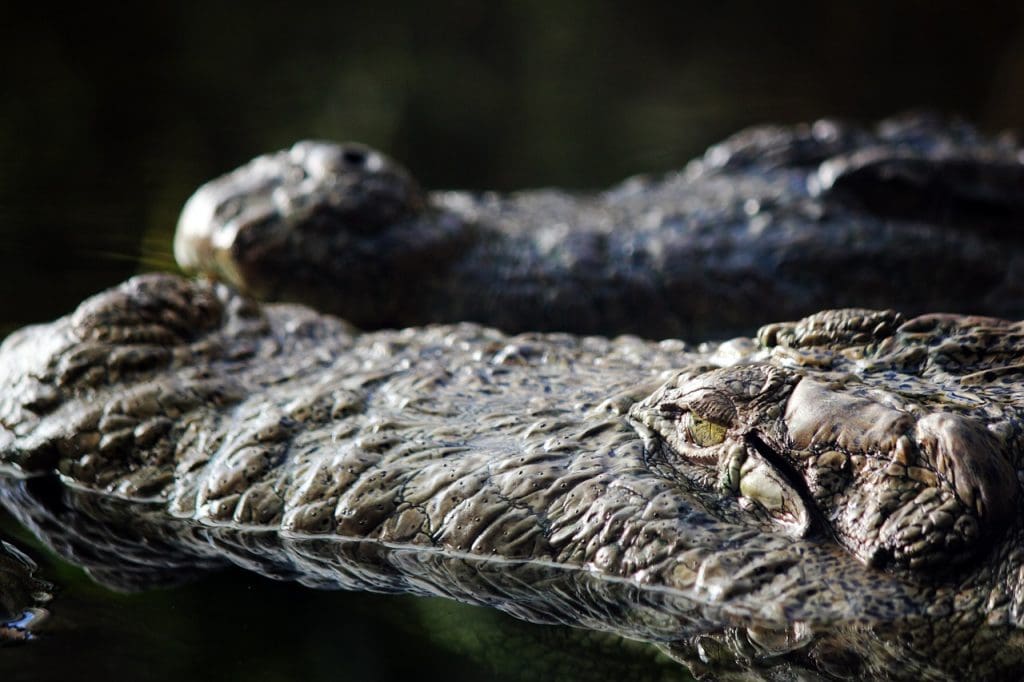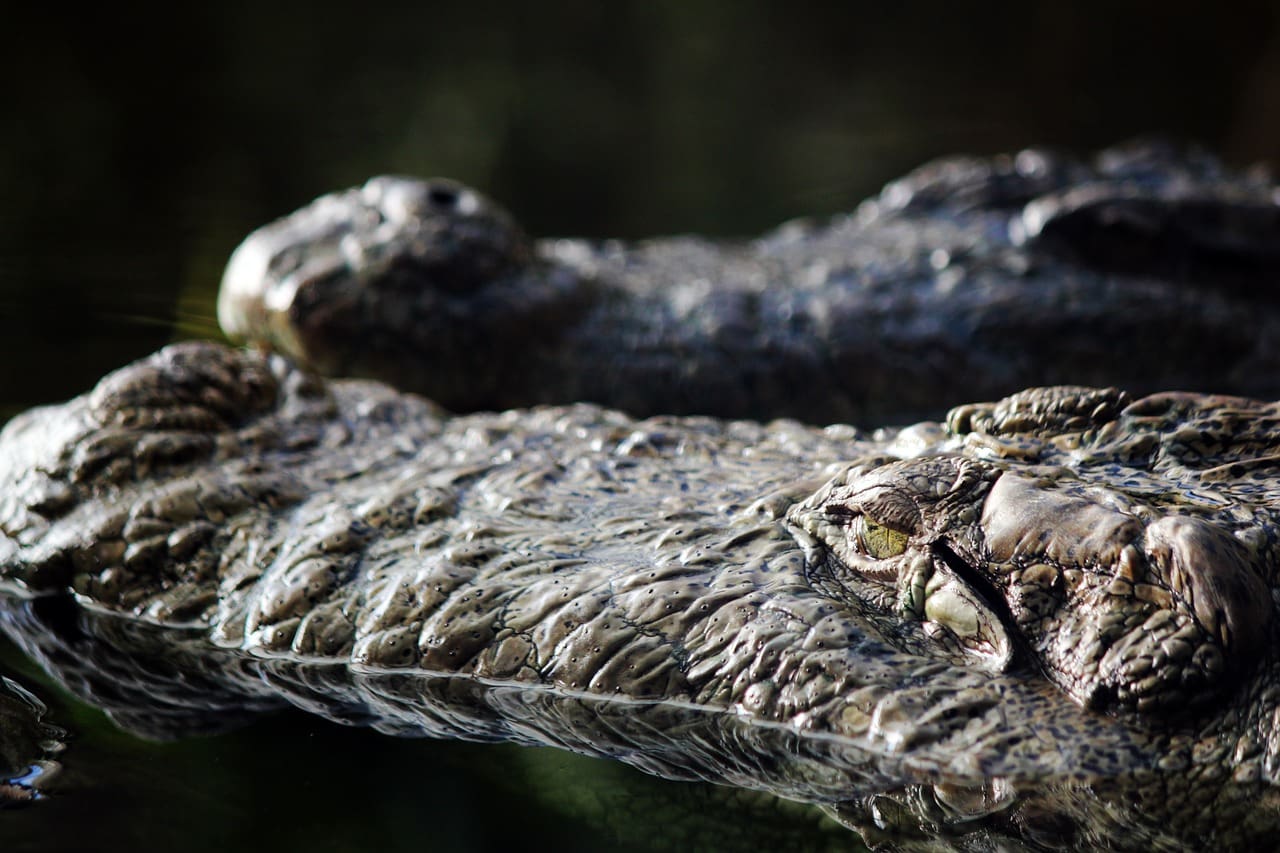Welcome to your ultimate beginner’s guide to tackling alligator weed infestations! In this handy and approachable guide, you’ll learn effective strategies for identifying and managing this invasive plant that’s wreaking havoc on your garden or local waterway. From understanding the growth patterns of alligator weed to exploring practical removal techniques, this article equips you with the knowledge and confidence you need to restore balance to your environment and nurture a healthier ecosystem. Let’s dive in and reclaim your space from this persistent invader!
Beginner’s Guide to Managing Alligator Weed Infestations
Have you ever come across a chunk of your garden or backyard overtaken by an aggressive, leafy intruder? If so, you might be dealing with alligator weed! Not sure what alligator weed is, or how to manage it? You’ve come to the right place!

What is Alligator Weed?
First things first, let’s get to know our adversary. Alligator weed (Alternanthera philoxeroides) is a highly invasive plant that loves taking over wetlands, riverbanks, and even agricultural fields. Its vigorous growth and adaptability make it a persistent problem for gardeners and environmentalists alike.
Why is Alligator Weed a Problem?
Alligator weed is more than a mere nuisance; it can wreak havoc on ecosystems and agriculture. Its rapid growth can choke waterways, outcompete native species, and even clog irrigation systems. Understanding their characteristics can help you manage them effectively.
Characteristics of Alligator Weed:
| Feature | Description |
|---|---|
| Leaves | Lance-shaped, glossy, and typically arranged in pairs |
| Stems | Hollow and capable of floating |
| Flowers | Small, white, and papery, often clustered in spherical shapes |
| Growth Rate | Extremely fast, capable of doubling biomass in just a few weeks |
| Root System | Extensive and resilient, making mechanical removal challenging |
How to Identify Alligator Weed
Before you go into battle, you need to be able to identify your target correctly. Alligator weed has some key features that make it stand out from other plants.
Visual Identification
Alligator weed typically grows in dense mats on the water surface or on land. At a glance, you can spot it due to its glossy green leaves arranged in pairs and small white flowers. Pay attention to the hollow stems, which are a dead giveaway.
Ecological Clues
You often find alligator weed in water bodies such as ponds, lakes, rivers, and wetlands. However, it’s equally happy growing in disturbed agricultural fields and urban environments.
Methods to Manage Alligator Weed
Great! Now that you can identify it, the next step is figuring out how to get rid of it. Managing alligator weed requires a multi-faceted approach, combining mechanical, chemical, and biological methods for the best results.
Mechanical Methods
These involve physically removing the weed. While it’s labor-intensive, it’s an effective way to reduce the weed population if done correctly.
Mechanical Removal Tips:
-
Hand Pulling: This is effective for small infestations. Be sure to remove the entire root system to prevent regrowth.
-
Mowing and Cutting: Regular mowing or cutting can help manage the spread but may require follow-up treatments to be effective.
-
Excavation: For larger infestations, mechanical excavation may be required. This method involves uprooting the plants and removing the top layer of the soil.
Chemical Methods
Herbicides can offer an effective way to manage alligator weed, especially in larger infestations that are too labor-heavy for mechanical methods alone. However, always follow the label directions and consult local guidelines.
Commonly Used Herbicides:
| Herbicide | Application Method | Remarks |
|---|---|---|
| Glyphosate | Foliar spray | Non-selective and effective, but needs repeat applications |
| Imazapyr | Foliar spray or injection | Long-lasting, but can affect desirable plants |
| 2,4-D Amine | Foliar spray | Broadleaf herbicide, less effective in water |
Biological Methods
To achieve long-term control, incorporating biological methods can be particularly effective. This involves using insects or pathogens that specifically target alligator weed.
Biological Control Agents:
-
Alligator Weed Flea Beetle (Agasicles hygrophila): Feeds on the leaves causing defoliation.
-
Alligator Weed Stem Borer (Arcola malloi): Larvae burrow into stems, disrupting nutrient flow.
Integrated Weed Management (IWM)
Combining different methods can often yield the best results. This holistic approach, known as Integrated Weed Management (IWM), combines mechanical, chemical, and biological methods to ensure sustainable control.
Steps for IWM Implementation:
-
Assessment: Regularly monitor your area for early signs of infestation.
-
Planning: Develop a control strategy, combining different methods discussed.
-
Execution: Implement your strategy, starting with high-priority areas.
-
Monitoring: Continue to monitor the treated areas and adapt your methods as needed.
Example IWM Plan for Alligator Weed
| Step | Action |
|---|---|
| Assessment | Conduct monthly surveys to identify early stages of infestation |
| Mechanical | Hand-pull isolated patches; mow larger areas monthly |
| Chemical | Apply glyphosate after mechanical removal to prevent re-growth |
| Biological | Release flea beetles in heavily infested areas |
| Monitoring | Reassess every three months; adjust plan based on results |

Safety Considerations
Whenever you’re dealing with invasive plants and herbicides, safety is a top priority.
Protective Gear:
- Gloves: Protect your hands from thorns, thistles, and chemicals.
- Eye Protection: Safety goggles shield your eyes during mechanical and chemical treatments.
- Masks: A mask can protect you from inhaling herbicide fumes or dust.
Environmental Concerns:
- Drift: Use herbicides carefully to prevent them from drifting onto non-target plants or into water bodies.
- Runoff: Choose the appropriate herbicide and application timing to minimize runoff into waterways.
Long-term Prevention Strategies
Once you’ve managed to get the alligator weed under control, the next step is keeping it that way. Prevention is easier than dealing with a full-blown infestation.
Regular Monitoring:
Regularly inspect your property for early signs of alligator weed. Early detection is key to preventing a small problem from becoming an out-of-control infestation.
Environmental Management:
- Improve Drainage: Poorly drained areas are breeding grounds for alligator weed. Improving drainage can help prevent new infestations.
- Vegetative Buffers: Plant native species that can outcompete alligator weed around water bodies and disturbed areas.

Conclusion
Managing alligator weed might seem daunting at first, but with the right knowledge and tools, you can effectively tackle and prevent this invasive species. Remember, a combination of mechanical, chemical, and biological methods often works best, and regular monitoring is key to long-term success.
Have you ever dealt with alligator weed in your garden or property? What methods have you found effective? Feel free to share your experiences and questions—let’s tackle this green menace together!
